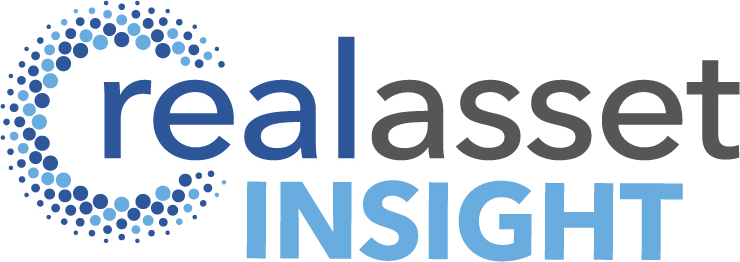Europe’s debt funding gap reaches 20-year record high
The European real estate market debt funding gap has grown dramatically and will be approximately €93 billion between 2023 and 2026 according to new research from AEW, published yesterday.
AEW defines the debt funding gap as the shortfall between the original amount of secured commercial real estate debt originated in 2018-2021 and the amount available for refinance at the loan maturity for the 2023-26 period. The report includes debt for all four property sectors and covers France, Germany, Italy, Netherlands, Spain and the UK.

“While commercial real estate lending shows signs of stabilising, the significant increase in all-in interest rates has made debt less attractive for the majority of leveraged equity investors, while equity investors have paused for thought until prices and valuations settle,” said AEW’s head of research and strategy for Europe, managing director Hans Vrensen. “Declining collateral values and lower LTVs in a higher interest rate environment are likely to trigger significant refinancing challenges.”

AEW’s latest report now includes an analysis of the debt funding gap as a percentage of total loan originations, ranking each country on a relative basis.
“Surprisingly, Italy and UK come out below average, while France has the largest DFG at an estimated €19 billion,” Vrensen said.
However, he pointed out that while the point at which LTVs stabilise is some way off, “the world is in a different place compared to the post-GFC era.”
The firm’s research indicates that European banks are sufficiently capitalised to absorb the level of predicted losses.
Furthermore, debt financing used to fund new acquisitions reduced 16% to €142 billion between 2021 and 2022 due to the increases in all-in interest rates which reduced demand for debt. One consequence of this was that acquistion LTVs reduced to 47% from 50% in 2021 and AEW expects this trend to continue.
All-in borrowing costs for European real estate more than doubled in the 18 months to mid 2023, reaching new 20-year record highs of 5.9%, and 6.8% for sterling-based borrowers. All-in borrowing costs have started to stabilise following successive rate hikes by the European Central Bank and Bank of England, which have started to bring down inflation, the report points out.




